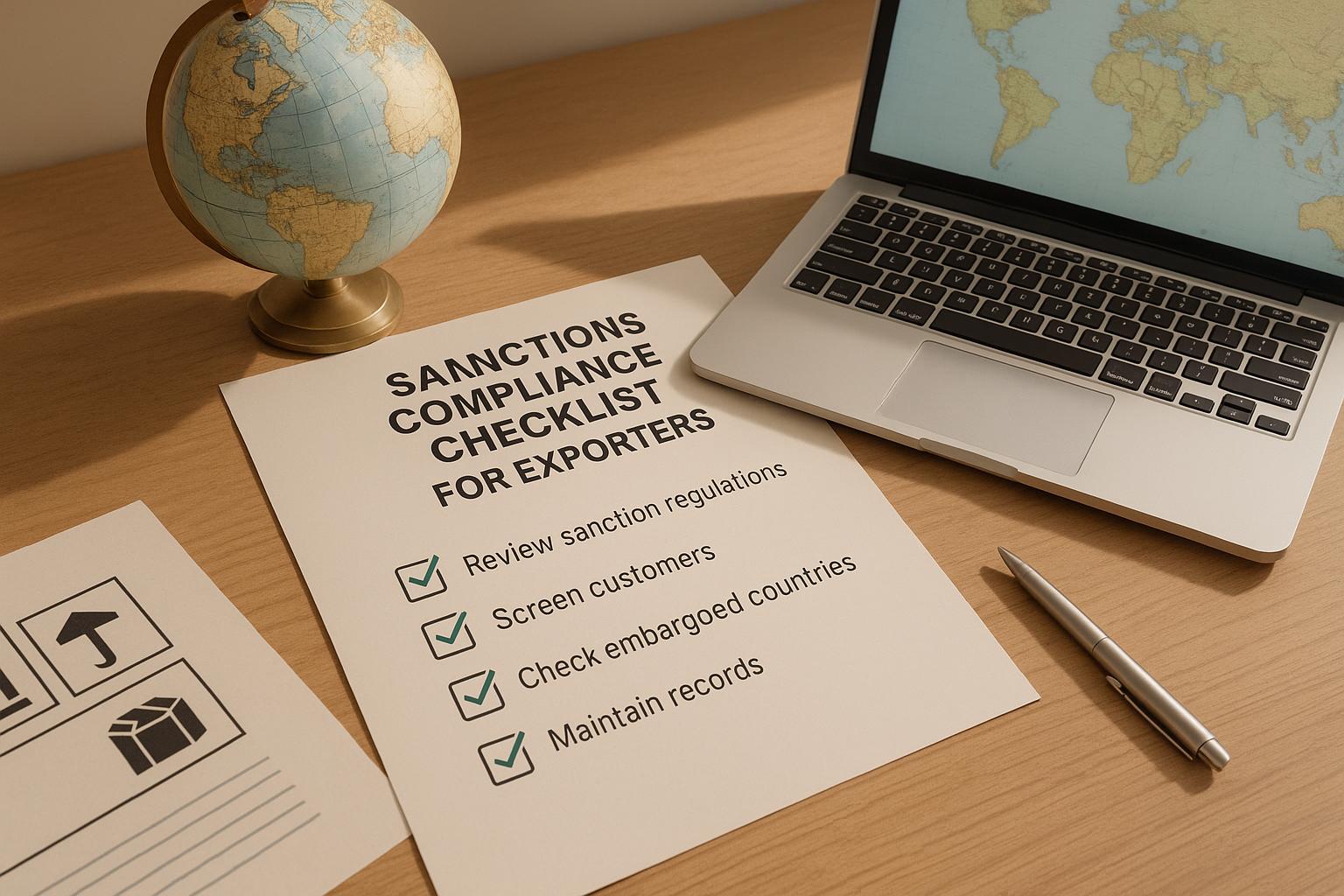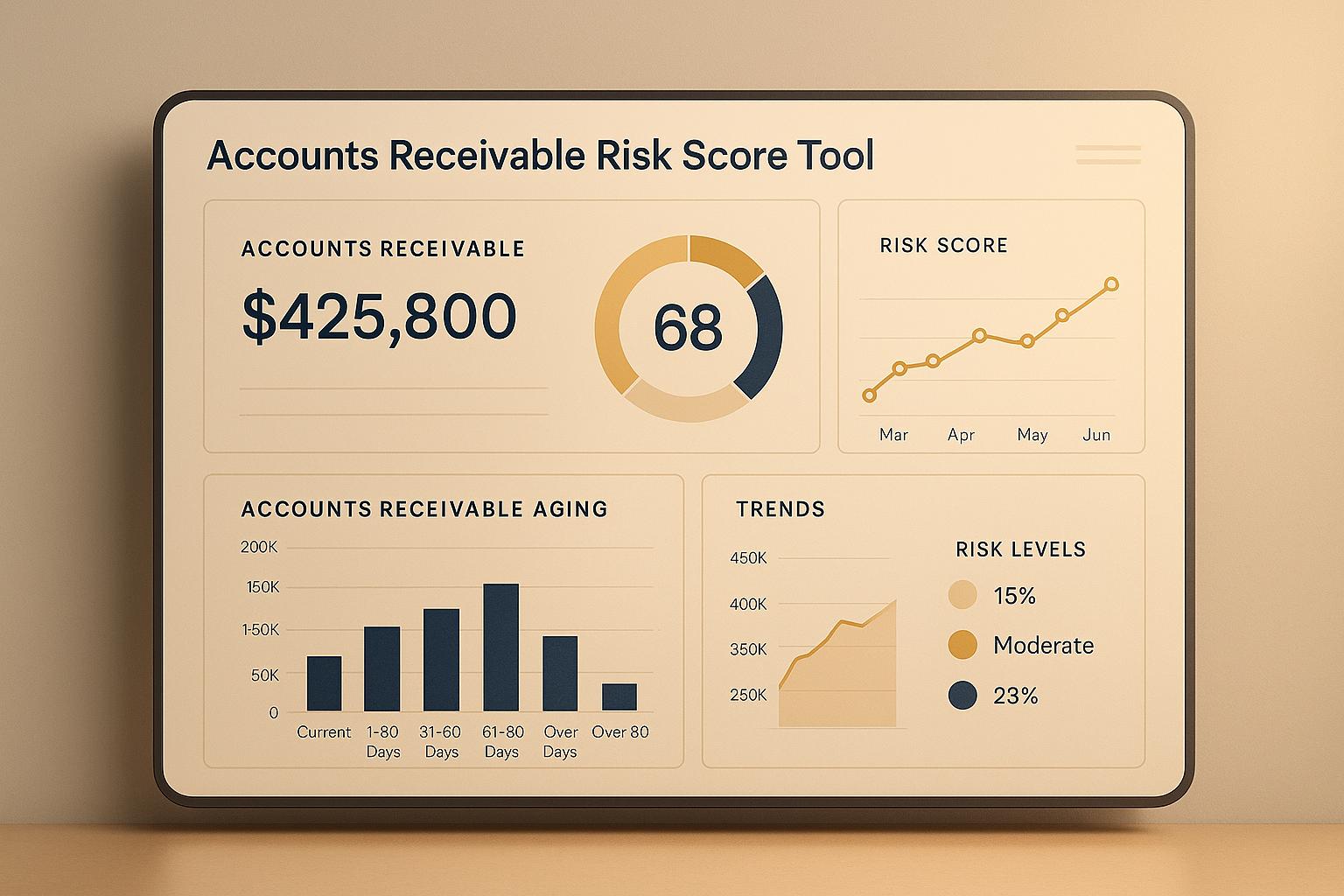In today’s interconnected and often volatile financial environment, risk management has become a cornerstone of business strategy. Whether you’re a small business owner or a CFO at a multinational corporation, understanding the dynamics of financial risk is critical to safeguarding your organization’s future. This article provides a transformative exploration of risk management concepts, drawing from historical lessons and modern strategies to help businesses – especially those offering goods or services on credit – navigate today’s challenges with confidence.
From the collapse of Lehman Brothers in 2008 to Credit Suisse’s downfall in 2023, the business landscape is dotted with cautionary tales of risk mismanagement. But what exactly is risk, and how can it be effectively managed to ensure stability, compliance, and profitability? Let’s dive into the essentials of identifying and mitigating financial risks.
What Is Financial Risk and Why Does It Matter?
At its core, financial risk is the chance that a negative event will occur, leading to a loss or damaging outcomes for a business. These risks can range from immediate financial losses to long-term harm to an organization’s reputation. For businesses operating on credit, risks are inherent parts of their growth strategies, as extending credit or expanding markets naturally involves some level of uncertainty.
However, risk isn’t just an inevitable hazard – it’s also an opportunity. Businesses that effectively manage risks can seize growth opportunities while minimizing potential downsides. The aim of risk management is not to avoid all risks but to control them strategically to achieve the desired balance between risk and reward.
Lessons from History: The Consequences of Poor Risk Management
The history of financial crises reveals how unchecked risks can lead to catastrophic outcomes. Let’s examine two pivotal examples that underscore the importance of proactive risk management:
1. The Collapse of Lehman Brothers (2008)
Lehman Brothers, a major U.S. investment bank, epitomized the risks of overexposure to high-risk assets. The bank had heavily invested in mortgage-backed securities (MBSs), many of which were tied to subprime loans issued to borrowers with poor credit histories.
When the U.S. housing market began to crumble in 2006, the value of these MBSs plummeted. Lehman Brothers, unable to offload these toxic assets, found itself with $619 billion in debt. The company declared bankruptcy in September 2008, triggering a domino effect that contributed to the Great Recession.
The collapse of Lehman Brothers highlights the dangers of excessive risk-taking without safeguards, as well as the pitfalls of ignoring early warning signs in volatile markets.
2. The Downfall of Credit Suisse (2023)
Credit Suisse, once a financial giant, was brought to its knees after years of repeated risk management failures. From compliance breaches like tax evasion and money laundering to poor credit risk assessments, the bank faced mounting financial and reputational losses.
Its exposure to Greensill Capital and Archegos Capital Management deepened its woes, resulting in billions in losses. By the time Credit Suisse was taken over by UBS in 2023, its share price had dropped to a fraction of its former value.
This case illustrates how a lack of cohesive risk management frameworks can erode trust and stability, leaving even established institutions vulnerable to collapse.
Types of Financial Risks Businesses Face
Risk is multifaceted, and understanding its various forms is the first step toward effective management. Below are key categories of financial risks businesses encounter:
1. Credit Risk
This is the risk that a borrower or customer will default on their obligations. For businesses offering goods or services on credit, this can result in lost revenue and cash flow disruptions.
2. Market Risk
Market risk refers to potential losses due to changes in external factors like interest rates, currency exchange rates, or commodity prices. For businesses operating internationally, currency fluctuations can significantly impact profitability.
3. Operational Risk
These risks arise from internal processes, people, or systems. Examples include supply chain disruptions, fraud, or IT system failures.
4. Compliance Risk
Noncompliance with laws, regulations, or industry standards can result in fines, litigation, or reputational harm. Industries like finance, healthcare, and manufacturing are particularly sensitive to compliance risks.
5. Reputational Risk
Trust and credibility take years to build but can be destroyed in an instant. Scandals, unethical behavior, or publicized failures can lead to customer attrition, strained stakeholder relationships, and financial losses.
The Evolution of Risk Management: From Insurance to Strategic Frameworks
The approach to risk management has evolved significantly over the decades. Initially, businesses relied on insurance as a safety net, but the high cost of premiums pushed organizations to adopt more proactive measures. Here’s a brief overview of how risk management has transformed:
- 1950s: Businesses began adopting basic risk management policies to mitigate financial exposure.
- 1980s: The rise of derivative contracts offered a way to hedge risks, particularly in volatile markets.
- 1990s: Risk management became an enterprise-wide initiative, with decisions made at the board level. Chief Risk Officers (CROs) emerged as key figures in guiding organizational strategy.
- 2008: The global financial crisis prompted regulators to enforce stricter guidelines, including the Basel III framework, which standardized risk definitions and required stronger risk management practices.
Today, risk management is no longer seen as a cost center but as a strategic pillar that supports long-term growth and resilience.
Steps to an Effective Risk Management Framework
Businesses that thrive in today’s uncertain environment follow structured processes to manage risk effectively. Below are steps to build a robust risk management framework:
1. Identify Risks
Start by mapping out potential risks specific to your industry and operations. This includes financial, operational, and compliance risks.
2. Assess and Prioritize
Evaluate the likelihood and potential impact of each risk. Focus on high-priority risks that pose the greatest threat to your business.
3. Develop Mitigation Strategies
For each risk, create a mitigation plan. This could involve diversifying suppliers, implementing credit checks for customers, or introducing compliance training programs.
4. Monitor and Review
Risk management is not a one-time exercise. Regularly monitor your risks and update mitigation strategies as markets and regulations evolve.
5. Foster a Risk-Aware Culture
Risk management should be embedded into your company’s culture. Encourage employees at all levels to identify and address risks proactively.
Key Takeaways
- Proactive Risk Management Is Essential: Businesses must identify, assess, and mitigate risks to avoid financial losses and reputational damage.
- Learn from History: Cases like Lehman Brothers and Credit Suisse underscore the consequences of poor risk management.
- Know Your Risks: Understand the specific types of risks your business faces, such as credit, market, and compliance risks.
- Adopt a Strategic Framework: Build a structured risk management process that aligns with your organization’s goals and priorities.
- Foster a Risk-Aware Culture: Empower employees to view risk management as a shared responsibility.
- Monitor Continuously: Risk landscapes evolve, making constant review and adaptation critical.
Conclusion
For U.S.-based businesses selling on credit, risk management is not just a financial safeguard – it’s a strategic enabler of growth and resilience. By understanding the complexities of risk and implementing robust frameworks, decision-makers can position their organizations for long-term success in an unpredictable world.
The lessons from history are clear: the cost of ignoring risks far outweighs the investment required to manage them. Take charge of your risk management today to secure a stable and prosperous future for your business.
Source: "Introduction to Risk Management Part 1: How to Identify & Mitigate Financial Risks | CFI Course" – Corporate Finance Institute, YouTube, Jan 1, 1970 – https://www.youtube.com/watch?v=pJbop8O2qDM
Use: Embedded for reference. Brief quotes used for commentary/review.



